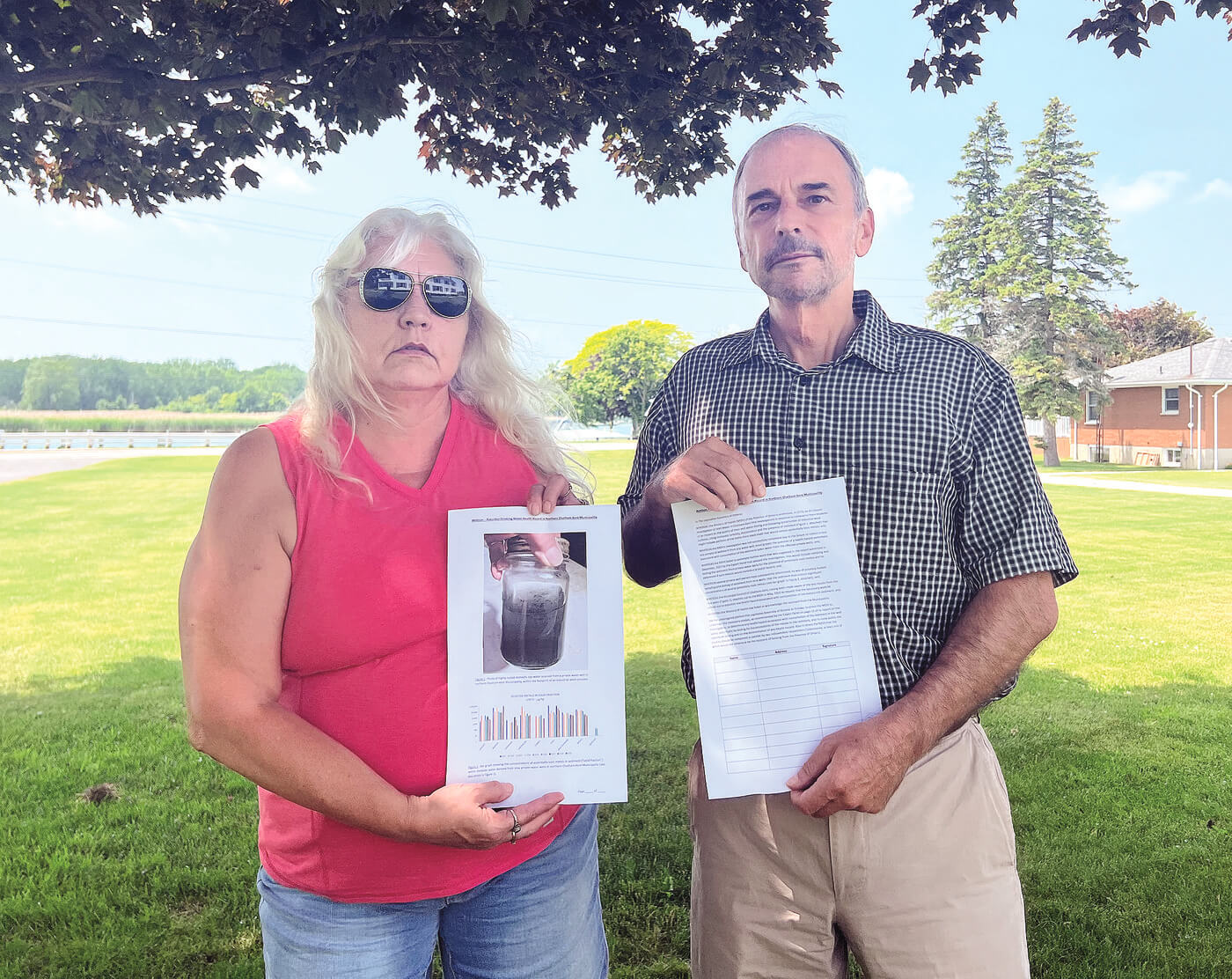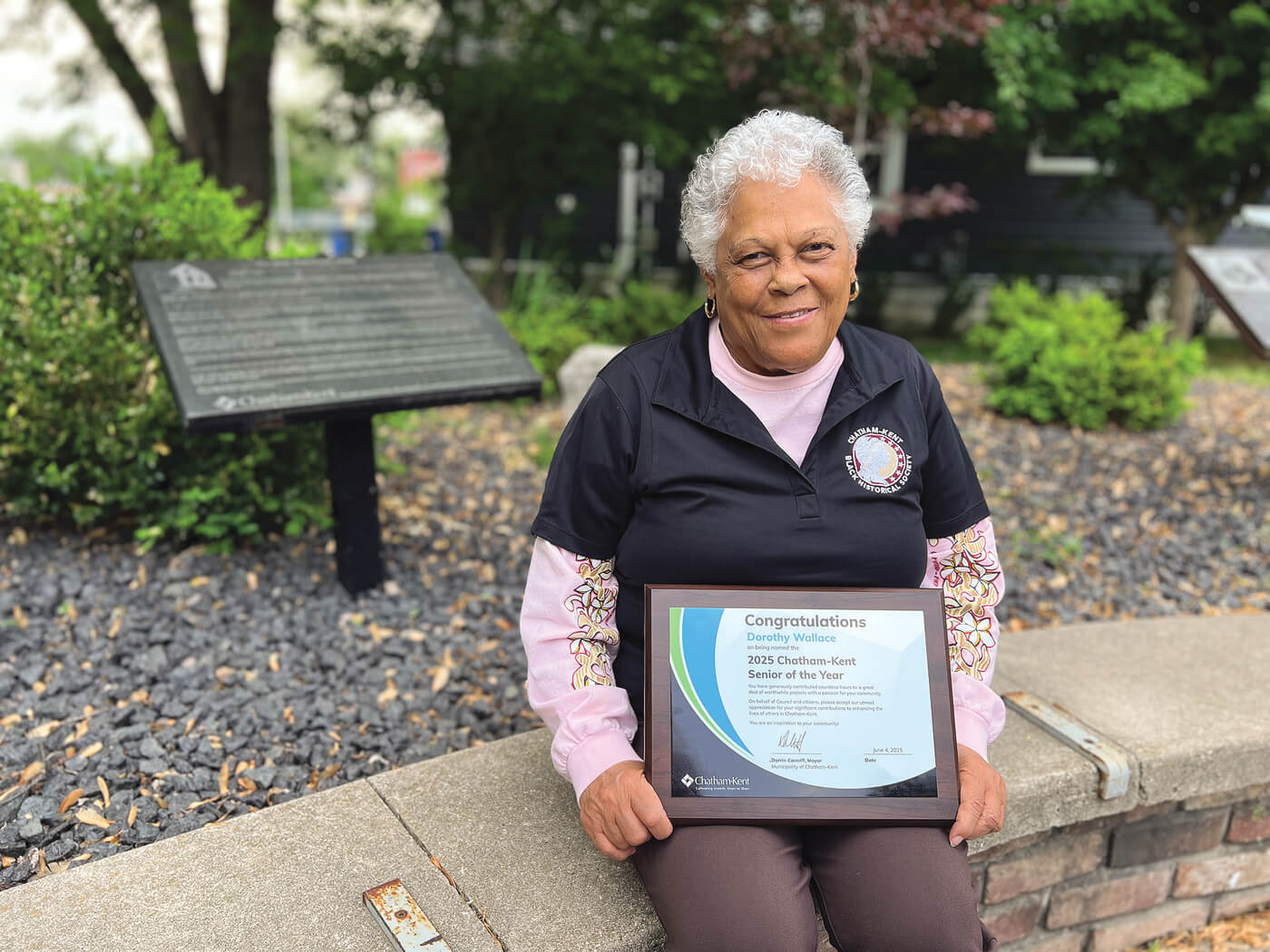By Sylene Argent, Local Journalism Initiative Reporter, Essex Free Press
Administration for the County of Essex was directed to develop a revised Community Safety & Well-Being Plan (CSWB) in cooperation with the City of Windsor and the Regional Systems Leadership Table, which, once completed, will be brought back before County Council for approval.
County of Essex Council moved that resolution at the June 18 regular meeting, in addition to approving the Progress Report for the current Windsor Essex Regional Community Safety & Well-Being Plan and its submission to the Ministry of the Attorney General.
As of January 1, 2019, the Safer Ontario Act, 2018has required municipalities to prepare and adopt community safety and well-being plans in partnership with a multi-sectoral advisory committee.
The plan from Windsor-Essex had to be submitted and endorsed by City and County Councils by December 31, 2021.
The updated version is required to be completed for presentation and approval from City and County Council by the fall of this year. Then, it will be submitted to the Ministry for approval.
Framework guiding municipalities in their planning efforts for the original document consisted of four areas of intervention, including social development, prevention, risk intervention, and incident response.
The local, current plan was developed focusing on the prevention and social development areas, which look at proactively implementing strategies to reduce priority risks before resulting in crime, victimization, or harm, City of Windsor Project Lead for Human and Health Services, Michelle Oake, explained to County Council.
The current Windsor Essex Regional Community Safety and Wellbeing Plan was developed to intervene before an incident occurs and prevent risks. The document includes four priorities, developed through community and stakeholder engagement: Good Governance, Engaged and Safe Communities, Mental Health and Substance-Use Supports, and Financial Security and Economic Equity.
It also includes eight goals and 17 initiatives that were outlined to achieve and action those four main goals.
Accomplishments made through the current plan include: strengthening relationships and committee membership through the establishment of the Regional System’s Leadership Table (RSLT) that resulted in government grants; promoting safe, healthy, and connected neighbourhoods and communities, including hosting community safety and crime prevention walks; and receiving around $2.9M from Public Safety Canada, where many regional community-led programs and partnerships were developed, promoted, expanded, and enhanced, while focusing on prevention and risk intervention in response to youth gun and gang violence.
In addition, the destigmatization of mental health and addiction issues was promoted, as well as awareness was raised for existing supports to promote early intervention and prevention of substance use. That included the provincially-funded Project SSNAPP, a Windsor Police, Windsor Essex County Health Unit, and City of Windsor project. It is hoped to complete similar initiatives in the County with the OPP this year, and that the joint-funding application of $500,000 will be supported.
LaSalle Mayor Crystal Meloche hoped LaSalle Police would be included, as well. She was told there are opportunities to collaborate.
In addition, local employment and increasing participation in local education and training was promoted as an approach to prevention, Oake said. The Windsor Regional Employment Network (WREN) was not established or funded when the CSWB plan was created, and it has since seen working with clients to find them appropriate employment training and apprenticeship opportunities.
Oakes spoke to County Council about the annual Progress Report of the Windsor Essex Regional Community Safety & Wellbeing Plan and the next steps in the project.
“Given the current economic climate, it is actually very cost-effective to allocate resources to community-based prevention initiatives targeted at the root causes of crime,” Oake said. “Research shows that implementing strategies and programs that are proactive and focused on prevention and social development…not only reduce the financial burden of crime, but they also have significant return on investments.”
Not implementing a preventative Community Safety and Wellbeing Plan can place a large financial burden on society, she added. “Overtime, the cost of doing nothing would be significant. And, the long-term benefits of preventative CSWB are substantial.”
The City of Windsor and County of Essex evenly split the local CSWB plan of $1M.
The province, Oake added, has not provided direct funding opportunities to municipalities to implement CSWB plans. Strong cross-sector collaboration and community partnerships, however, have served as the foundation for millions of dollars of funding secured through CWSB-related grants.
“This funding is required to maintain momentum, ensure sustainability, and provide that return on investment,” Oake explained to County Council.
Oake explained the legislative requirements for the CSWB plan were revised last year, now requiring communities to revise their plans within four-years. Throughout the revision process, she noted they are willing and committed to work with the community to understand and prioritize new trends, as well as City and County Councils requests to address change in community needs, including intimate partner violence.
Utilizing partnerships, Oake explained the CSWB plan leveraged a total of $4.3M in grants, and its organizers are further seeking those types of opportunities that align with the plan.
“The revised plan will build on these strengths, applying lessons learned and adapting to our community’s evolving needs,” Oake commented.
In answering Essex Mayor Sherry Bondy’s question on opportunities for County Council members and members of the public to provide more feedback on the updated document, Oake said feedback opportunities have been provided through community focus groups, leadership focus groups, and a survey. Another RSLT meeting will take place, or County Council members can connect with her or County of Essex Director of Legal and Legislative Services, David Sundin, to forward ideas.
Bondy spoke of how there is a degradation of the local housing stock in Windsor and Essex County. She believes the problem is likely worse in the County as it has less resources. She explained that through Windsor Housing, and social housing, residents are getting placed in rural areas without housing supports and, in a building traditionally for geared-to-income residents.
She spoke of the need to have those geared-to-income housing stocks in the County a safe place for people to live.
“People that have diverse and complex needs sometimes don’t pair well in housing that doesn’t have supports in it,” Bondy noted. “That is something we really need to work on with the City and get it right, so people in our rural areas feel safe.”
Deputy Warden, and Deputy Mayor for Tecumseh, Joe Bachetti, was glad to see intimate partner violence attached to the revised document. The County has declared it as an epidemic, but the province has not yet done so. He said there was criticism that it was not in the CSWB plan previously.
For more information, log onto www.citywindsor.ca/residents/socialservices-/Social-Policy-and-Pathway-to-Potential/community-safety-and-well-being/Pages/default.aspx


